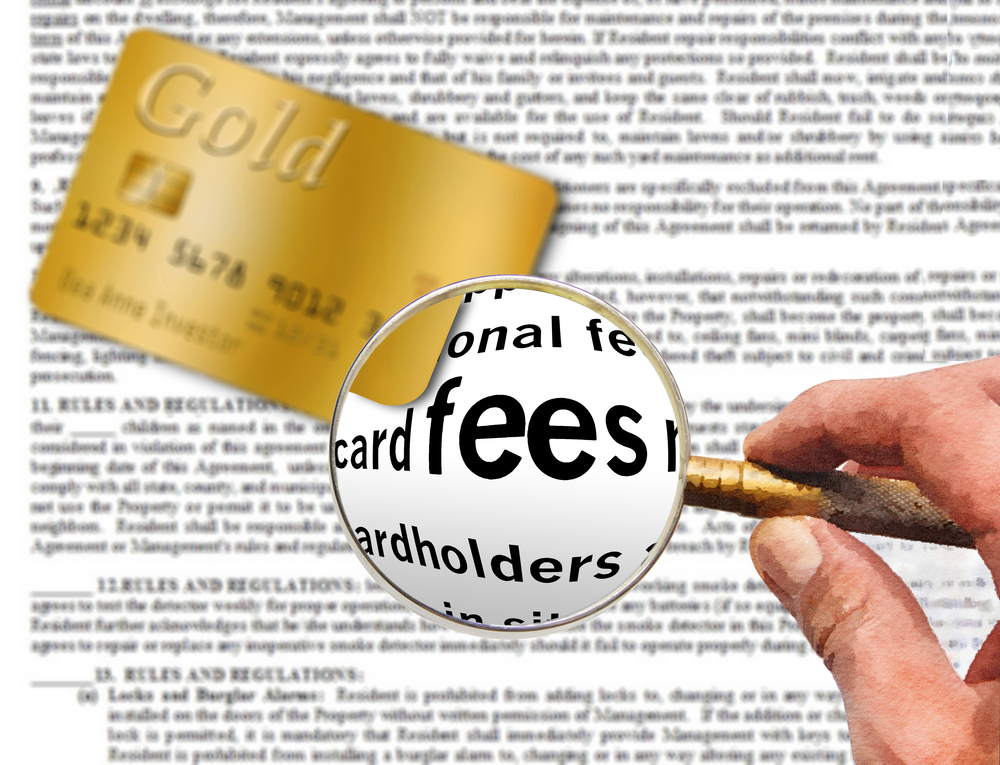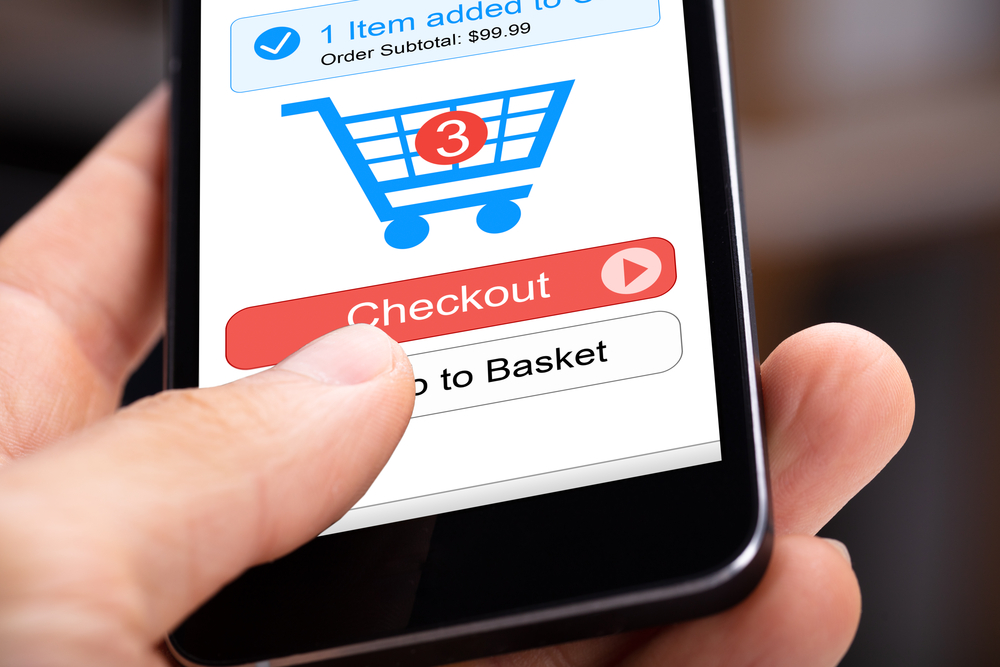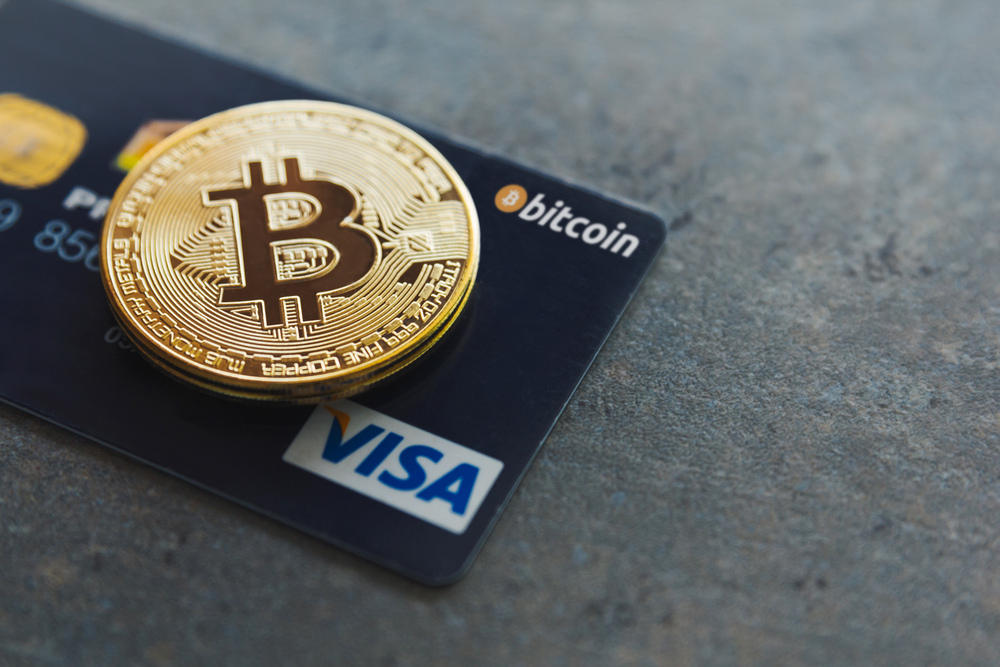Category: CREDIT CARD PAYMENTS
-
Should You Pass Off Credit Card Surcharges to Customers?
It’s no secret that credit card processing fees are expensive, but what about taking a processor’s fees add it as a surcharge fee to your transaction? In this article, we’ll talk about whether you can pass on these costs to customers and what the consequences might be if you do. Fees are typically 2-3% of…
Written by

-
4 Simple Ways for Faster Checkouts
If you’ve ever shopped online, you know that speed matters. From the time you enter a product into your cart to the moment it arrives on your doorstep, the faster that process is, the happier and more likely we are to return to that merchant again. The faster you can get customers in and out…
Written by

-
Save Money & Qualify for Level 3 Credit Card Processing Rates
Level 3 processing offers lower interchange fees and helps businesses better navigate their data to increase profit and decrease costs. So why isn’t anyone talking about it? Find out what it takes to qualify for Level 3 processing, what additional information you’ll need to provide, how it compares to the other levels of data processing,…
Written by

-
FINALLY You Can Easily Accept Credit Cards When Selling NFTs
If you’re an NFT seller, then you know all too well how difficult it can be to accept credit cards. It’s not that the demand wasn’t there, it’s that payment gateways wouldn’t allow it. And the ones that did were…less than ideal. But a new processor has emerged over the horizon that allows simple, seamless…
Written by
